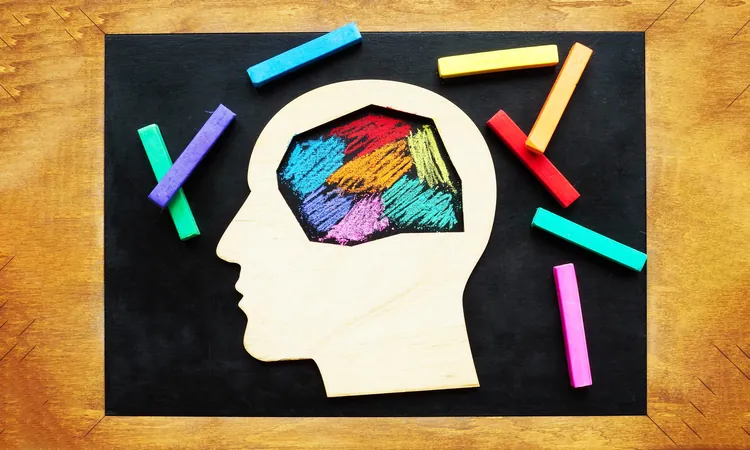
Alarming Surge: Autism Diagnoses in the U.S. Have Nearly Tripled Over a Decade
2024-11-03
Author: Wai
The Numbers Behind the Surge
A comprehensive analysis of U.S. health records uncovered a staggering 175 percent increase in autism diagnoses from 2011 to 2022, soaring from 2.3 to 6.3 cases per 1,000 individuals. The sharpest rise was noted among young adults aged 26 to 34, where diagnoses skyrocketed by an astounding 450 percent, highlighting a pressing need for support within this demographic. Yet, children aged five to eight remain the most frequently diagnosed group, at a rate of 30 per 1,000.
Experts caution that the actual figures may be even higher, as many children on the autism spectrum face barriers to screening and therapeutic support, particularly in underserved communities.
Understanding Autism: What is It?
Autism Spectrum Disorder (ASD) is characterized by unique brain connectivity patterns. Picture a city with congested highways and deserted back roads; similarly, autistic brains may communicate differently than neurotypical brains. This variation can impact how sensory information, emotions, and social cues are processed.
Individuals with autism often experience heightened sensory perception—sounds may be intense, colors unusually vibrant—and may possess deep interests in specific subjects. Communication styles can differ widely; some may avoid eye contact or interpret language very literally, leading to misunderstandings in social settings.
Why the Rise in Diagnoses?
Research indicates that enhanced screening processes, growing awareness, and the expansion of diagnostic criteria are primary contributors to the burgeoning diagnosis rates. However, environmental factors are also under scrutiny. For instance, recent studies have linked prenatal exposure to toxins like Bisphenol A (BPA) with increased autism risk. Additionally, premature birth rates, which are on the rise, correlate with higher diagnosis rates; babies born preterm are 3.3 times more likely to receive an autism diagnosis compared to their full-term peers.
The evolution of diagnostic tools has also played a crucial role, allowing for earlier and more accurate identification of autism. Techniques such as eye-tracking, genetic testing, and refined behavioral assessments are helping to ensure that those who may have previously slipped through the cracks are now recognized.
Addressing the Challenges Ahead
While the study bringing these findings to light offers crucial insights, it acknowledges inherent limitations. The dataset primarily derives from recorded health information, which may not fully capture the experiences of those without reliable healthcare access. Many undiagnosed cases, especially among economically disadvantaged populations, may be absent from these statistics.
Future research should focus on inclusivity, capturing data from different socioeconomic backgrounds to paint a fuller picture of autism's prevalence and impact across society. Understanding trends by various demographics will aid in tailoring support services, ensuring that all individuals on the spectrum receive the necessary attention and care.
The Path Forward
The alarming increase in autism diagnoses presents significant challenges for healthcare providers, educators, and families. Yet, it also heralds an opportunity to deepen our understanding of the condition and improve early detection and treatment strategies.
As we collectively respond to this growing need, it is crucial that we embrace the challenge of enhancing awareness, resources, and support systems for individuals with autism and their families. By fostering an informed society, we can work together to navigate the complexities of autism diagnoses and improve lives. Are we prepared for this vital task? The answer lies in our commitment to understanding and inclusivity.
Stay Informed
Stay informed and engaged on this important issue by subscribing to updates on autism awareness and advocacy. Together, we can make a difference.



 Brasil (PT)
Brasil (PT)
 Canada (EN)
Canada (EN)
 Chile (ES)
Chile (ES)
 España (ES)
España (ES)
 France (FR)
France (FR)
 Hong Kong (EN)
Hong Kong (EN)
 Italia (IT)
Italia (IT)
 日本 (JA)
日本 (JA)
 Magyarország (HU)
Magyarország (HU)
 Norge (NO)
Norge (NO)
 Polska (PL)
Polska (PL)
 Schweiz (DE)
Schweiz (DE)
 Singapore (EN)
Singapore (EN)
 Sverige (SV)
Sverige (SV)
 Suomi (FI)
Suomi (FI)
 Türkiye (TR)
Türkiye (TR)